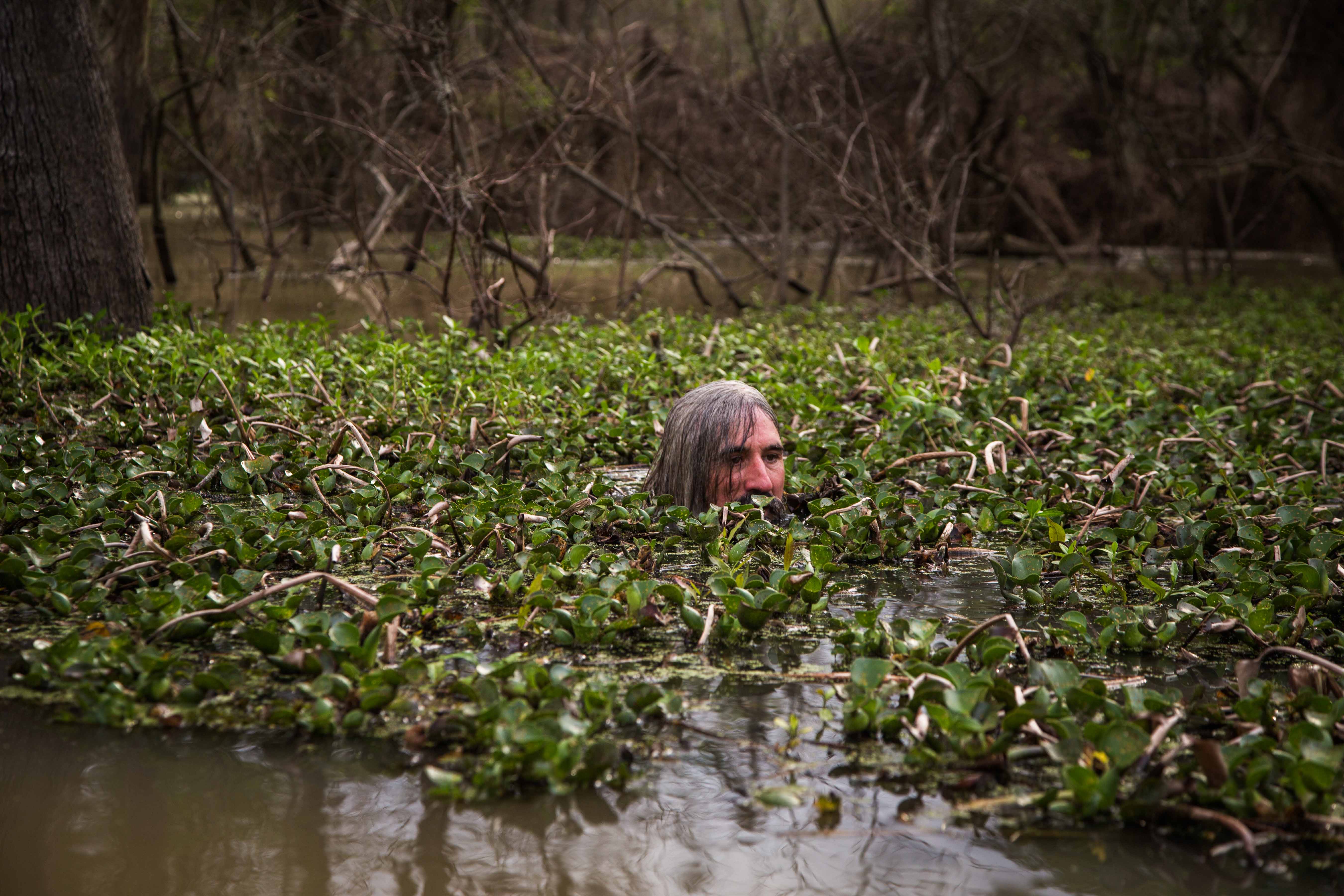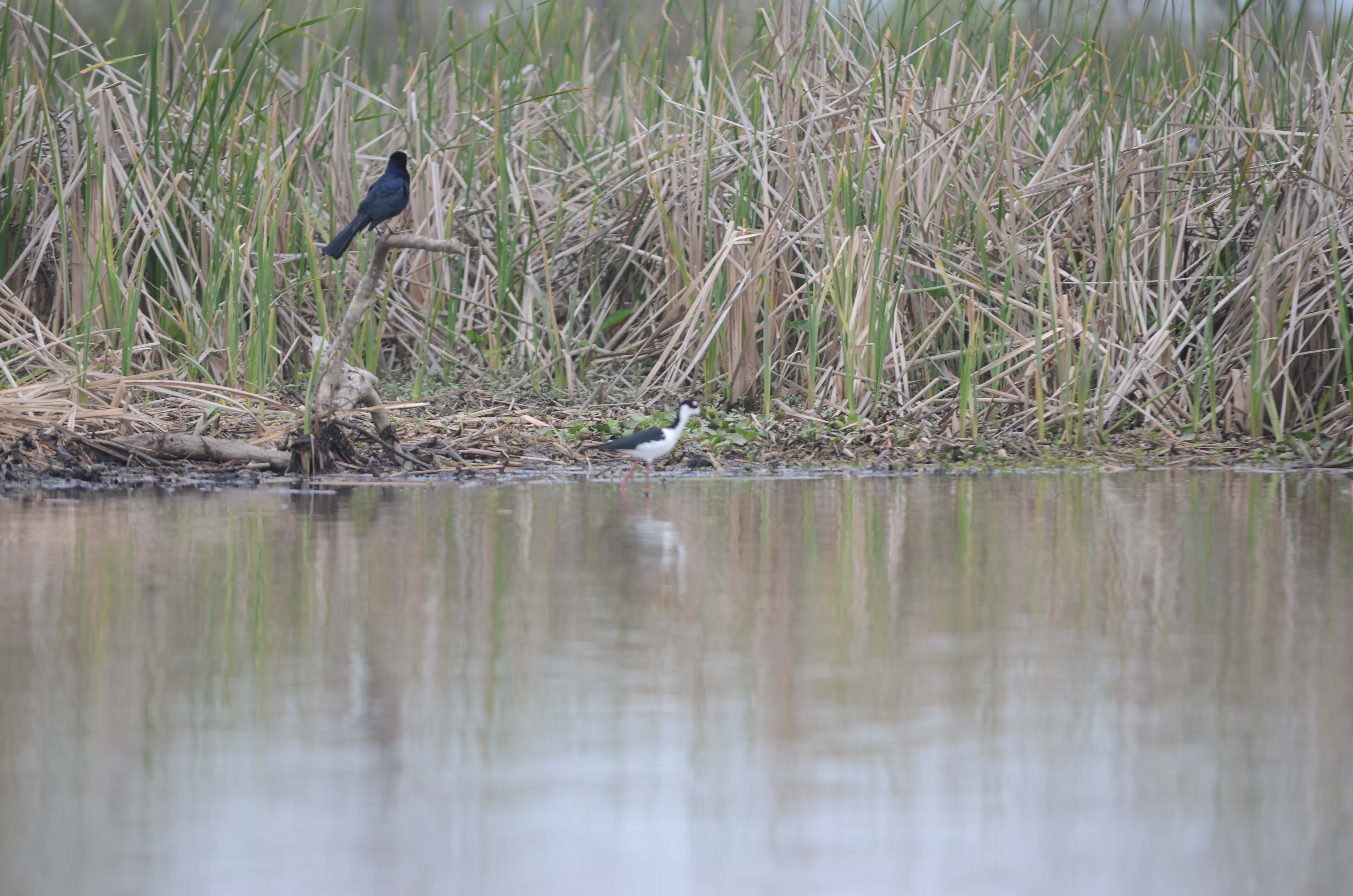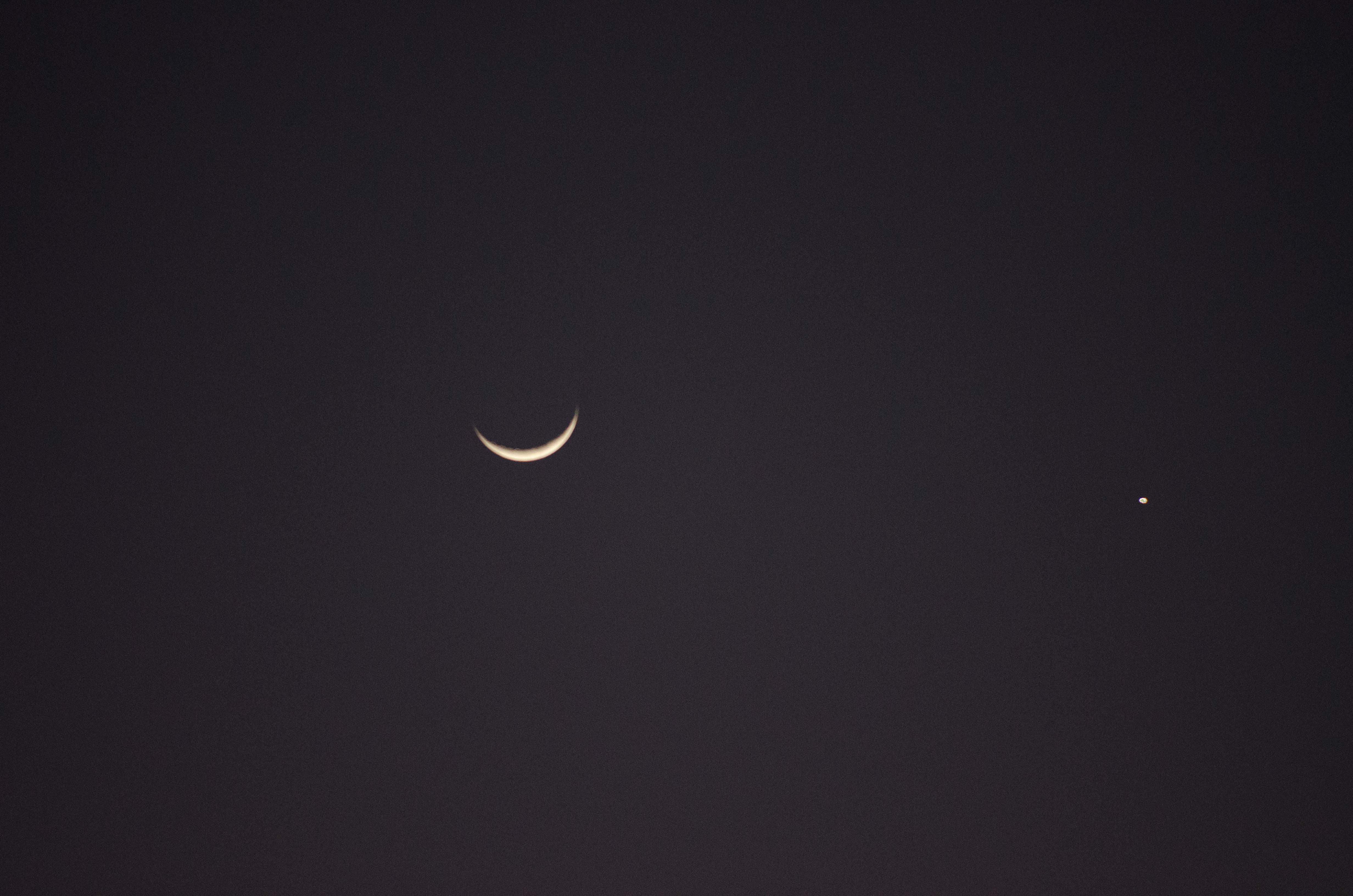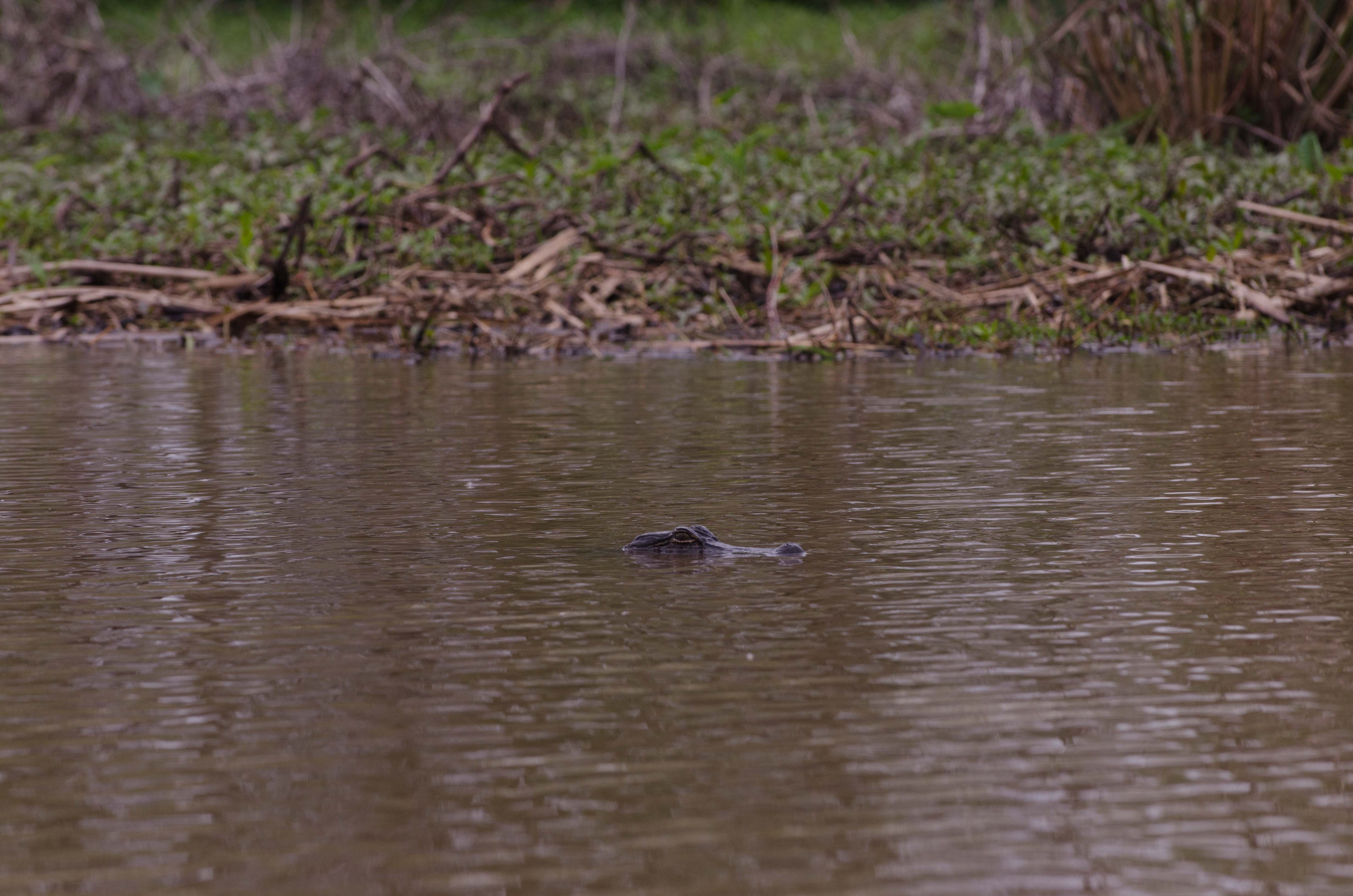The Lower Mississippi River Water Trail
Wax Lake Delta Passes
The Wax Lake Delta Passes are (from West to East):
Oryx Pass
Little Beach Pass
Fred Pass
Redhead Pass
Campground Pass
Shortcut Pass
Rookery Pass
Mallard Pass
Gadwell Pass
Main Pass
Greg Pass
Pintail Pass
East Pass
Getting Back
Whether you paddle back from the Gulf, or hitch a ride with a powerboat, the beautiful boat ramp below Berwick at the mouth of the Intracoastal Waterway is the best place to return to, and meet your shuttle home. Downtown Berwick Boat Ramps is a close second but requires more upstream, paddling, and is a less desirable boat ramp. A lot of paddlers in recent years have arranged for powerboats to shuttle them back from the ocean, or have hitched rides from passing fishing boats or workboats on their return to home port (which is almost always Morgan City for everyone in the Atchafalaya Delta). And you might decide the same, that you don’t want to paddle upstream. The current can sometimes be tough to paddle against, and the wind might be unfavorable. You are probably exhausted from your long day’s paddle to reach the coast, and really don’t have the energy to paddle back. But you can spend the night and do it in the morning. You probably already know that it isn’t too tough to paddle upstream. But we’re going to remind you here. And also offer the option for an extra day or two for a supreme ending to your expedition. You can make an extra campsite, and the take an extra day to paddle back to Morgan City. You will never be more than 25 miles from any given extremity of the Atchafalaya Delta. The Quapaws are the downstream people, and the Omahas are the Upstream people. You have been a Quapaw for three months or more. Be an Omaha for a day or two. Anyone who has paddled the length of the Mississippi can surely paddle back upstream 25 miles! If the water is high and you have headwinds it might require 2 days of paddling. Lastly and most importantly, there is a distinct beauty in being an Omaha and making the upstream paddle home. You see the marshes and cane brakes and islands and mudflats up close and intimately in a way that you never do paddling downstream. You get closer to birds and other wildlife. You might see (and take photos of) animals you have not been able to approach, like nutria, osprey, green tree frogs, and maybe even a gator.
Upstream Paddling
The trick to upstream paddling is to find the path of least resistance. On a river, that means staying as close to shore as possible without grounding out. It helps to hug the inside of long bends when possible. You will find it necessary to follow the long lines around wing dams, jetties and dikes, and paddle underneath docks or other man-made structures that get in the way. But the most important skill in being an Omaha is learning to dive in and out of eddies. Paddle like the French Voyageurs of the Lewis and Clark who paddled up the Missouri, and then later up the Columbia and Snake rivers. Watch carefully in front of you for eddies and slow places and use them to your advantage. Cut into every eddy you can find and relax when you can. As the water speed increases past points in between eddies paddle hard and tough with quick bursts of energy. Find the next slow place and take a break. If the wind is blowing, hug the shore which offers the best protection.
For the most part paddling up the passes from the ocean will be enjoyable, and not too tough. The water is slow in most passes (unless in flood). Try to time your return with the incoming tide. The most challenging portion of your return paddle will be the last 10 miles into Morgan City where the Atchafalaya River runs most powerful. The currents are almost always strong here, even with the tide in your favor. Also, you will probably have to make a channel crossing somewhere along the way. This might be a dangerous crossing with the frequent freighter traffic moving up and down the river through here. But with careful examination, and monitoring your VHF marine radio on channel 13 you will be fine. Make your crossing as quick as possible, in a perpendicular run straight for the opposite shore, even if it means losing some ground due to river flow. You will quickly regain any lost ground once you resume paddling back up the other shore.
In general the left bank descending (East Bank) will be easier to paddle alongside going upstream since it has slower flowing water. You will have to maneuver in and out of the various bayous and bay along the way, but in general these variations in the riverbank further slow the current and make the upstream haul a little easier. Furthermore, the East bank features more inlets, passes, and other breaks that offer more opportunities for rest stops along the way. Be sure to inspect Google Earth and search out options for the return journey. Bayou Shaffer would be a good route which you can access through Sweetwater Bay, LBD 131. But be creative and choose your own unique route. You might hit a dead end or two, but that is part of the adventure. The Atchafalaya Delta is a green tapestry woven of many strands of bayous, backwaters and passes, all of which you can see on Google Earth and find the route that seems best.
What do you do now with your Vessel?
After expedition completion, most paddlers arrange a return shuttle home with their canoe, kayak or paddleboard. But a surprising number have no plans to keep their vessels, and try to sell them or donate them to a worthy cause when they reach the end of the river. Some such recipients of donations in the past have been the Mighty Quapaw Apprenticeship Program, the Helena Canoe Club (outdoors program for Arkansas Delta youth), the Clarksdale Canoe Club (outdoors program for Mississippi Delta youth). All of the above are associated with LiNKS, which means “Leave No Kid on Shore.” You can donate any of your vessels to this successful program which has changed the lives of many southern youngsters who otherwise would have no access to the outdoors, and has assisted many of those to a career in outdoor leadership and education.
















Leave A Comment
You must be logged in to post a comment.